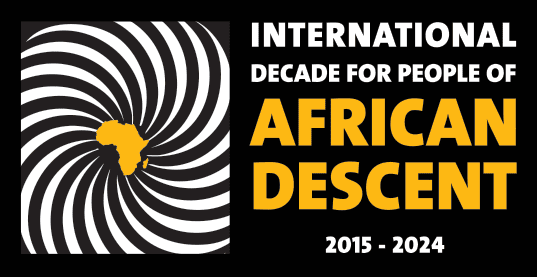Slave Trade
SLAVE TRADE
International Day of Remembrance of the Victims of Slavery and the Transatlantic Slave Trade
For over 400 years, more than 15 million men, women and children were the victims of the tragic transatlantic slave trade, one of the darkest chapters in human history.
Overview of the slave trade out of Africa, 1500-1900. David Eltis and David Richardson, Atlas of the Transatlantic Slave Trade(New Haven, 2010). Click in the image for full display In commemoration of the memory of the victims, the General Assembly, in its resolution 62/122 of 17 December 2007, declared 25 March the International Day of Remembrance of the Victims of Slavery and the Transatlantic Slave Trade, to be observed annually.
The resolution also called for the establishment of an outreach programme to mobilize educational institutions, civil society and other organizations to inculcate in future generations the “causes, consequences and lessons of the transatlantic slave trade, and to communicate the dangers of racism and prejudice. Since then, every year on 25 March, the International Day of Remembrance for the Victims of Slavery and the Transatlantic Slave Trade has offers the opportunity to honour and remember those who suffered and died at the hands of the brutal slavery system. This International Day also aims at raising awareness about the dangers of racism and prejudice today.
More on the Day and its historical background.
© UNESCO, The Slave Route map.
Related videos
UNESCO 20th Anniversary of the Slave Route Project:
A Commitment to Reconciliation
In 2014, UNESCO celebrates the twentieth anniversary of the Slave Route Project, launched in 1994 in Ouidah (Benin). Ignorance or concealment of major historical events constitutes an obstacle to mutual understanding, reconciliation and cooperation among peoples. UNESCO has thus decided to break the silence surrounding the slave trade and slavery that have affected all continents and have caused the great upheavals that have shaped our modern societies.

